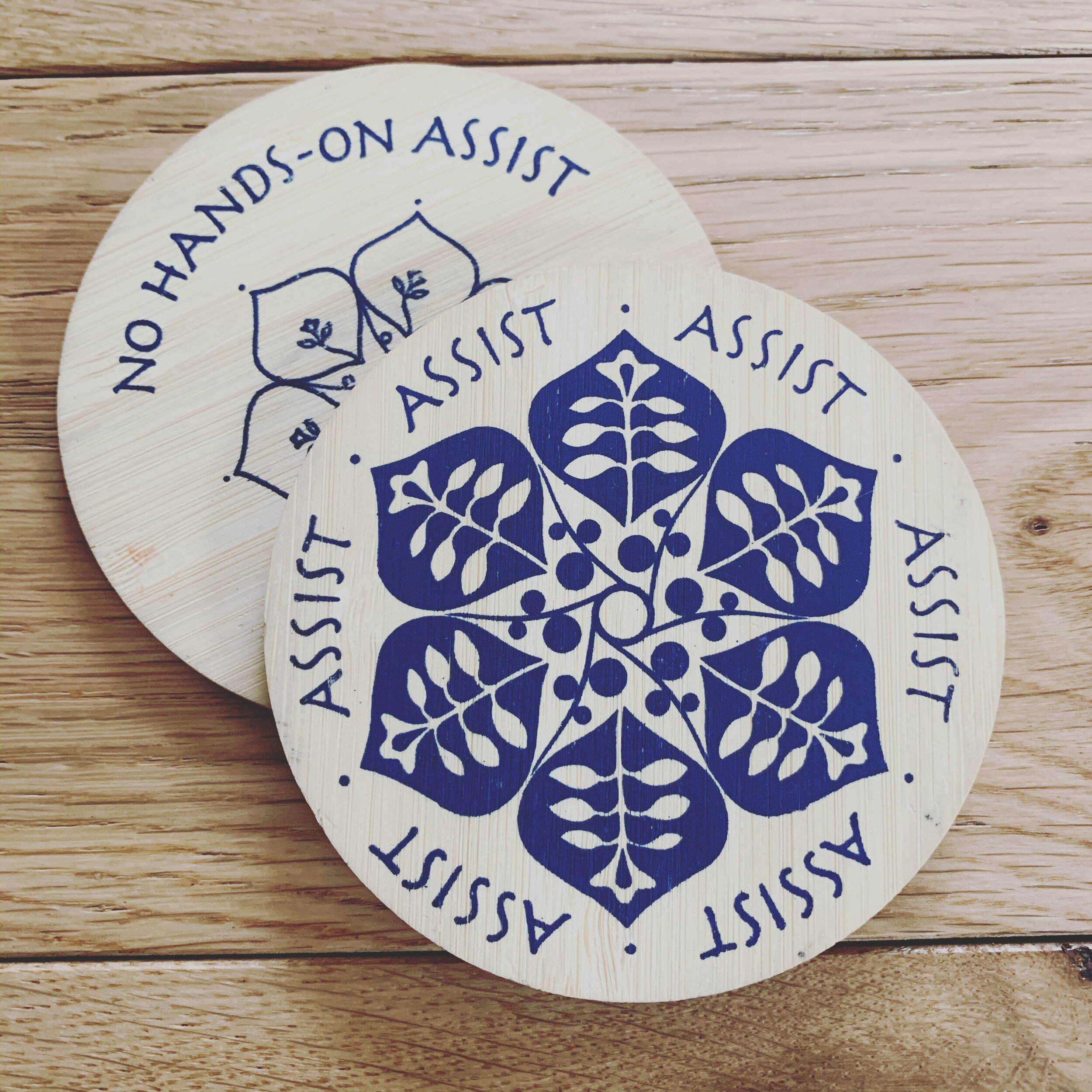The Map is Not the Territory
/As you explore your body and its movement in life and yoga practice, you might discover a whole range of different ways to bring insight and understanding to what you feel and experience.
Modern postural yoga has been influenced by a wide range of different disciplines and ways of looking at the body. I have been thinking about these different perspectives lately and considering how each has its own benefits and limitations.
Some of these influences are given to us from yoga philosophy with its roots in India. Other influences are coming to us from Chinese Medicine and the meridian system. Still others are from modern science and explorations of biofeedback, kinesiology, neuroscience, anatomical study, etc.
You’ll even find movement practices (such as gymnastics, dance, martial arts, etc.) lending their influence to a modern postural yoga class. Art, poetry, and the natural world are also strong inspirations and influences.
You might imagine that these different systems are maps that make an effort to describe the territory of the body and support you on your exploration into this wild, untamed human experience.
The Map Key
Each map/system has a key that defines its language and symbols. By getting to know the key, you are better able to understand how it refers to the territory of your body.
With the guidance of the key, you are better equipped to discuss the map with other practitioners and explorers. When you have this shared language with other practitioners/explorers, you can talk about your common and differing experiences.
A Map’s Guidance & Gifts
One map might offer insight into the muscles and bones in the body. Another map might look at the Chakras and energetic centers. Another might illustrate the meridians (from Chinese Medicine). Still another may explore the connection from the brain to the central nervous system.
Some of these maps might use different language and symbols to talk about the same (or similar) phenomena within the body and experience. By exploring the connections between different maps, you might be able to build a more multi-dimensional and holistic view.
When you understand the symbols and language of a map, it helps to guide you into the territory of the human body. While this can be a helpful gift, it also has major limitations.
Each Body is Unique
It’s also important to remember that we are each very unique. Not only does the map have limitations in describing the territory, but each of us has unique territory.
There is no such thing as a “normal” or “average” body.
So our movements will also be unique and special. So will our feelings and sensations.
A Map is Still an Abstraction
As helpful as it might be, a map is not the territory.
It can point you toward your felt experience using abstractions. It might be able to give more perspective or insight to something that seems confusing. It can connect you to others and the power of a shared experience. It may point to a truth that lives inside you.
But, it isn’t going to be the experience.
Experience Your Territory
You still have to look up and move around in your body.
This movement doesn’t need to be fancy. There is great value to noticing simple movements, like the way you hold your pencil. How you open your car door. Or how it feels to reach your arms long overhead. To fold your spine toward the earth.
The Map Only Takes You So Far
Throughout the journey of your practice, find the maps that are most appropriate in the present moment. Know that a particular map or system could be helpful for a time, but learn to recognize when it is no longer guiding you appropriately.
Talk with people who have had different experiences and use different maps. Learn from them and learn with them.
You will only learn the territory of your body through experience, and the map will only get you so far.
Set aside an old map and explore a new method of feeling into your body.
You Must Feel your Way
You cannot think your way into your body and experience. You must feel your way there.
Move. Breathe. Explore.
Experience.
Be in the wild, evolving, uncharted, beautiful, mysterious territory of your body.






